In the modern digital landscape, user expectations are evolving rapidly. Businesses are no longer just competing on product features—they’re competing on user experience, speed, personalization, and 24/7 availability. To meet these demands, more organizations are turning to AI chatbot development services to build smarter, more intuitive applications.
AI-powered chatbots are transforming how businesses interact with users, automate workflows, and deliver real-time support. But building an intelligent chatbot is not just about coding—it’s a structured journey that starts with an idea and evolves into a fully functional, user-centric solution.
In this blog, we walk through the complete process—from concept to code—of building smarter apps using AI chatbot development services, and explore how this approach can enhance your business outcomes, streamline operations, and boost customer satisfaction.
Table of Contents
- Introduction: Why AI Chatbots Matter Today
- Defining the Vision: Understanding Business Goals
- Planning the Chatbot Strategy
- Designing the User Experience (UX) and Conversation Flow
- Choosing the Right Technology Stack
- The Development Phase: Turning Ideas into Intelligent Code
- Integration with Business Systems
- Testing and Training the AI Models
- Deployment and Post-Launch Optimization
- Long-Term Benefits of AI Chatbot-Driven Apps
- Conclusion: Future-Proofing Apps with AI Chatbot Services
1. Introduction: Why AI Chatbots Matter Today
Today’s users want more than static app interfaces. They expect instant assistance, intuitive navigation, and meaningful engagement. AI chatbots bridge this gap by creating dynamic, conversational experiences within web and mobile applications.
From retail and finance to healthcare and education, chatbot-driven apps are:
- Reducing response times
- Lowering operational costs
- Increasing personalization
- Enhancing user retention
By integrating chatbots directly into applications, businesses are reshaping their digital presence—and the demand for skilled AI chatbot development services is growing accordingly.
2. Defining the Vision: Understanding Business Goals
Every great chatbot project starts with a clear purpose. Businesses must begin by asking:
- What specific problem will the chatbot solve?
- Who are the primary users?
- Should it offer customer support, sales assistance, onboarding, or something else?
- How will success be measured?
This ideation stage is critical to align the chatbot’s role with the overall business objectives. It helps define the scope of work, prioritize features, and clarify user expectations.
3. Planning the Chatbot Strategy
With the vision in place, the next step is crafting a chatbot strategy, which includes:
- Channel selection: Will the chatbot live inside a mobile app, website, or multiple platforms like WhatsApp and Facebook Messenger?
- Bot type: Should it be rule-based (scripted flows) or AI-based (learning from interactions)?
- Data inputs: What databases, APIs, or knowledge bases will the bot access?
At this stage, chatbot development experts collaborate with business stakeholders to map out the architecture and logic of the solution.
4. Designing the User Experience (UX) and Conversation Flow
Chatbots are conversational interfaces—and design is critical.
This involves:
- Designing the tone and personality of the bot
- Mapping conversation flows using decision trees
- Anticipating user intents and error handling
- Ensuring consistency, clarity, and engagement
UX designers and conversation architects work closely to create intuitive, user-friendly flows that simulate natural dialogue. This is often prototyped using tools like Botmock or Chatbot Flowcharts.
5. Choosing the Right Technology Stack
Behind every smart chatbot is a robust technology stack. Choices here depend on the app platform, complexity, and scalability needs.
Popular frameworks and platforms include:
- Google Dialogflow
- Microsoft Bot Framework
- IBM Watson Assistant
- Rasa (open-source)
- Amazon Lex
- Custom NLP models (GPT, LLaMA, Claude, etc.)
The backend can be developed in languages like Python, Node.js, or Java, and hosted on scalable cloud infrastructure such as AWS, Azure, or Google Cloud.
6. The Development Phase: Turning Ideas into Intelligent Code
Once the design and tech stack are finalized, chatbot developers start building:
- Intent recognition models: Using NLP to identify what the user wants
- Entity extraction: Capturing important data like names, locations, order numbers
- Response generation: Mapping intents to appropriate replies
- Context management: Ensuring the bot remembers previous messages within a session
- APIs and logic: Connecting to back-end systems (CRM, databases, etc.)
This phase transforms static flows into dynamic, data-driven interactions.
7. Integration with Business Systems
For a chatbot to deliver real business value, it must integrate seamlessly with existing systems, such as:
- Customer Relationship Management (CRM)
- Enterprise Resource Planning (ERP)
- Product databases
- E-commerce platforms
- Payment gateways
A smart app isn’t just conversational—it’s context-aware, pulling real-time data and delivering actionable insights to users.
8. Testing and Training the AI Models
A chatbot’s success depends heavily on how well it understands and adapts to users. That’s why testing and training are crucial.
Testing involves:
- Functional testing (does the flow work?)
- NLP accuracy testing (does it understand intent?)
- Security testing (is the data safe?)
- Usability testing (is the experience seamless?)
AI-based bots undergo continuous training using:
- Real conversation logs
- Supervised learning loops
- Feedback loops and error analysis
This ensures the chatbot becomes smarter over time.
9. Deployment and Post-Launch Optimization
Once tested, the chatbot is ready to be deployed into the application. However, the work doesn’t stop there.
Post-launch steps include:
- Monitoring interactions
- Gathering performance analytics
- Improving based on feedback
- Updating models with new intents and responses
Advanced bots often come with dashboards that provide:
- User engagement rates
- Drop-off points in conversations
- Sentiment analysis
- Conversion tracking
Ongoing optimization ensures the chatbot evolves with changing user behavior and business goals.
10. Long-Term Benefits of AI Chatbot-Driven Apps
Smart apps integrated with AI chatbots offer businesses a powerful competitive edge.
Key long-term benefits include:
- Higher user engagement through personalized, conversational experiences
- Improved support efficiency by handling repetitive queries automatically
- Increased revenue from upselling, lead qualification, and in-chat purchases
- Scalability without proportional increases in human resources
- Stronger user insights from rich conversational data
As customer interactions move increasingly to digital platforms, having an AI-driven conversational layer becomes a business necessity.
11. Conclusion: Future-Proofing Apps with AI Chatbot Services
From the first brainstorming session to writing lines of intelligent code, AI chatbot development services enable businesses to create smarter, more responsive, and user-centric applications.
Whether you are developing a customer service platform, a healthcare app, a financial assistant, or an educational tool, integrating AI-powered chatbots can dramatically enhance functionality and user satisfaction.

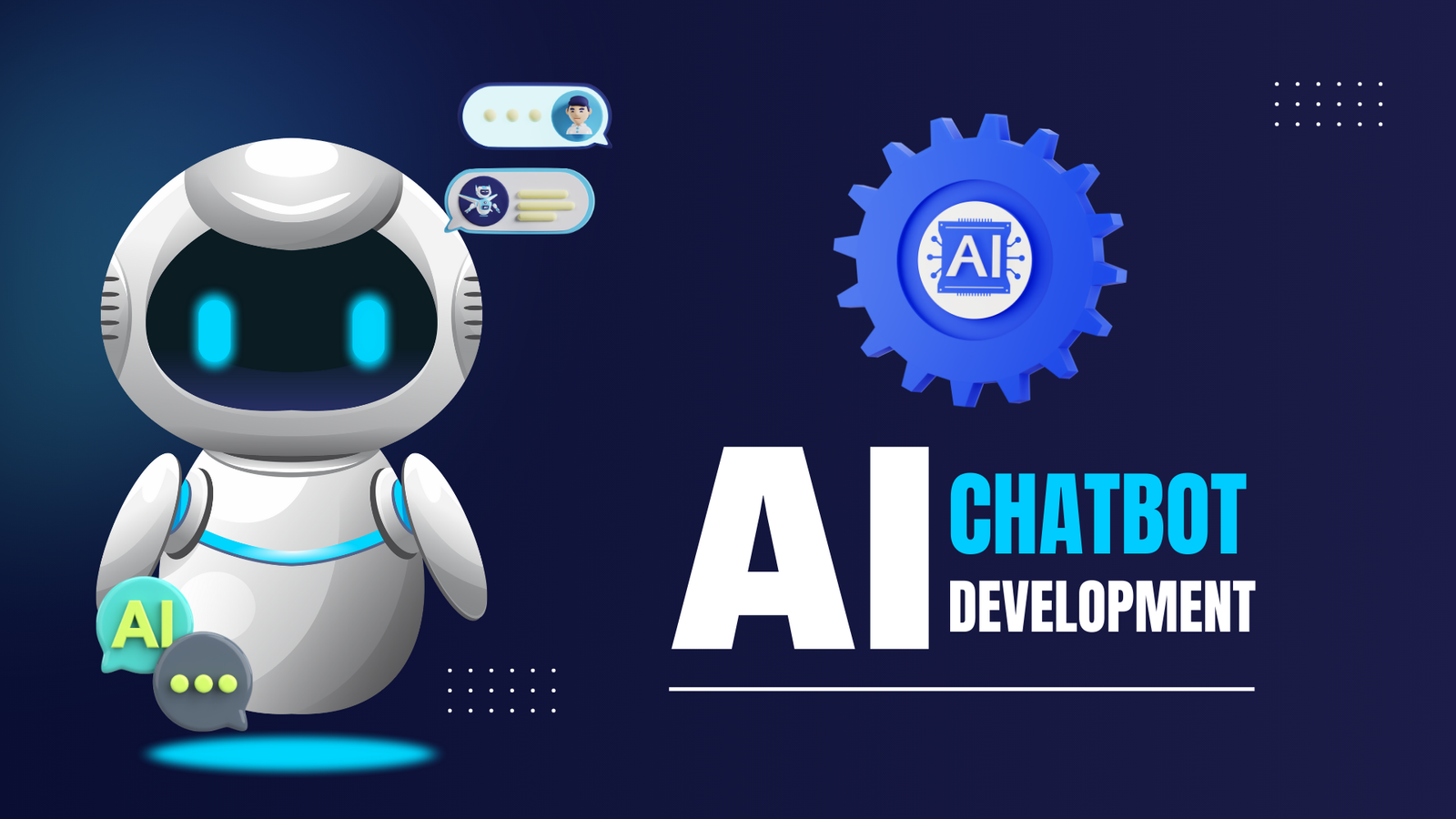


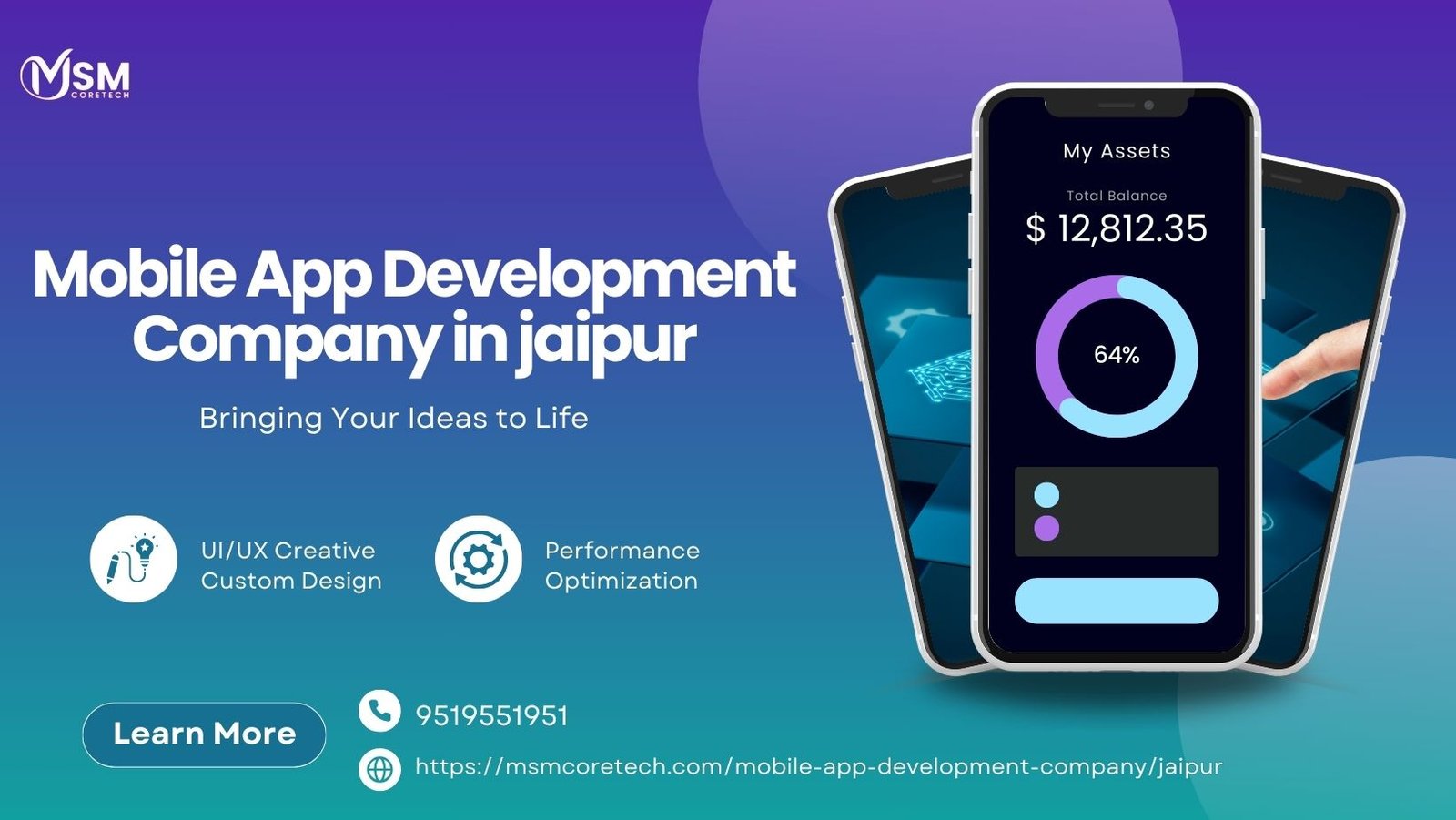
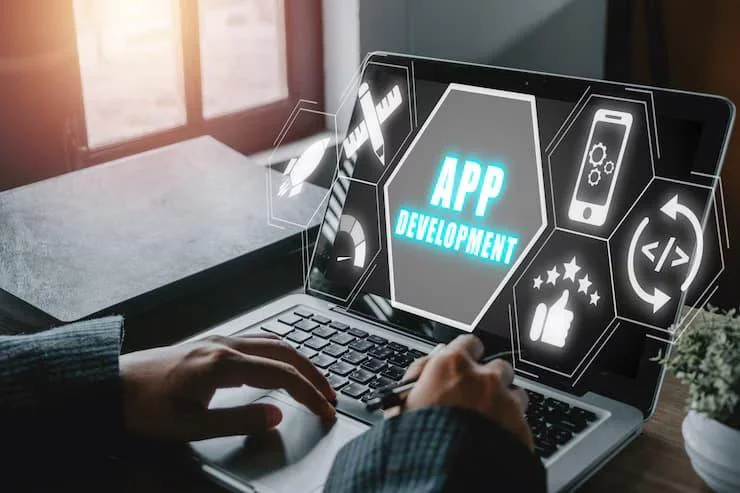

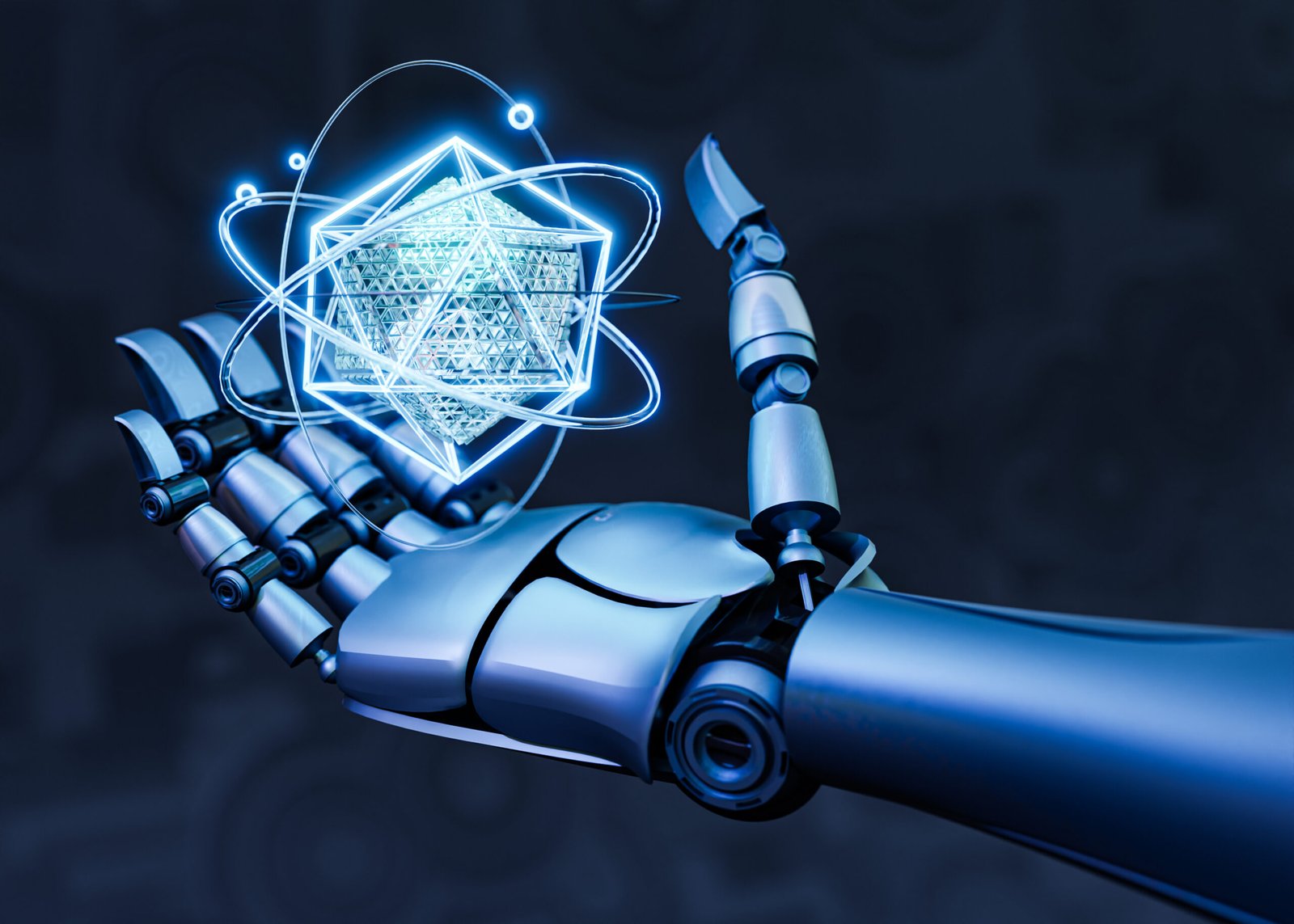


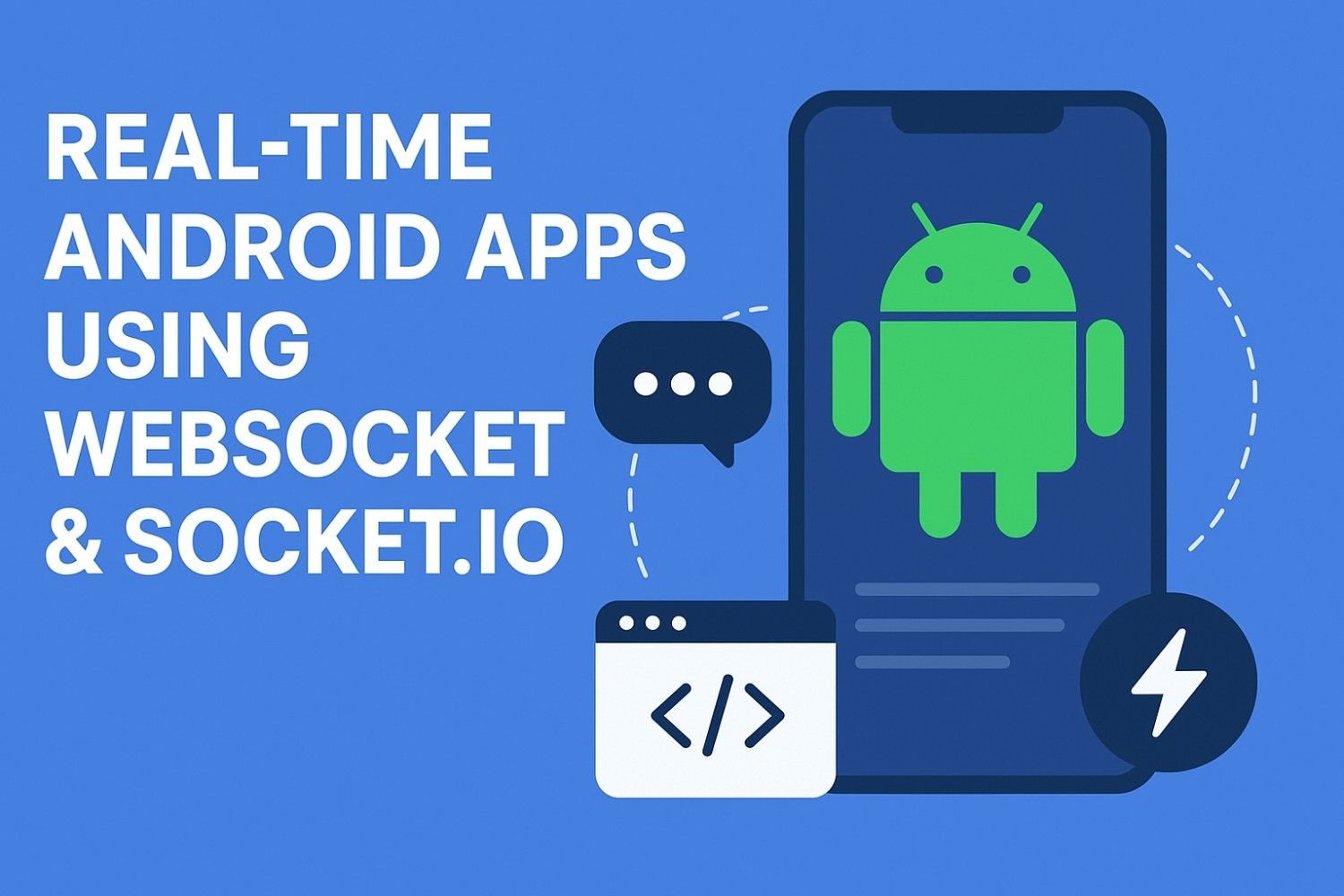
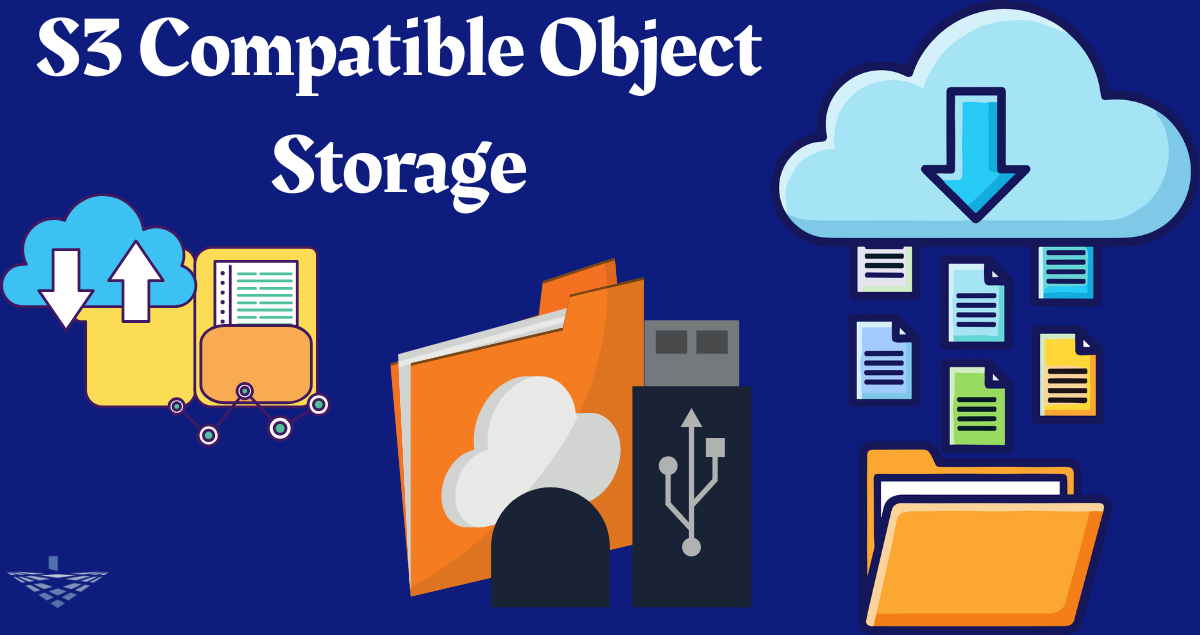
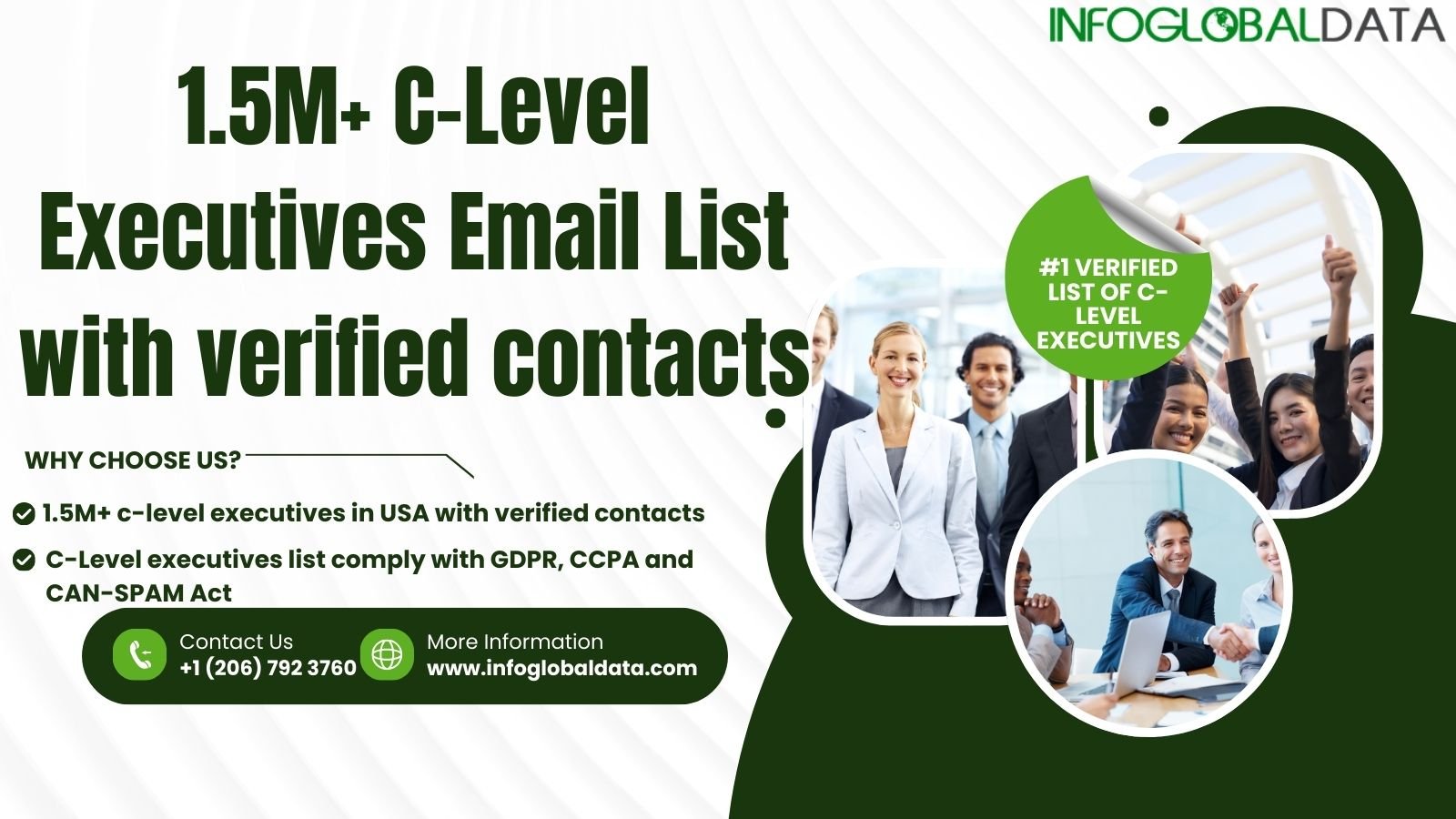



Leave a Reply